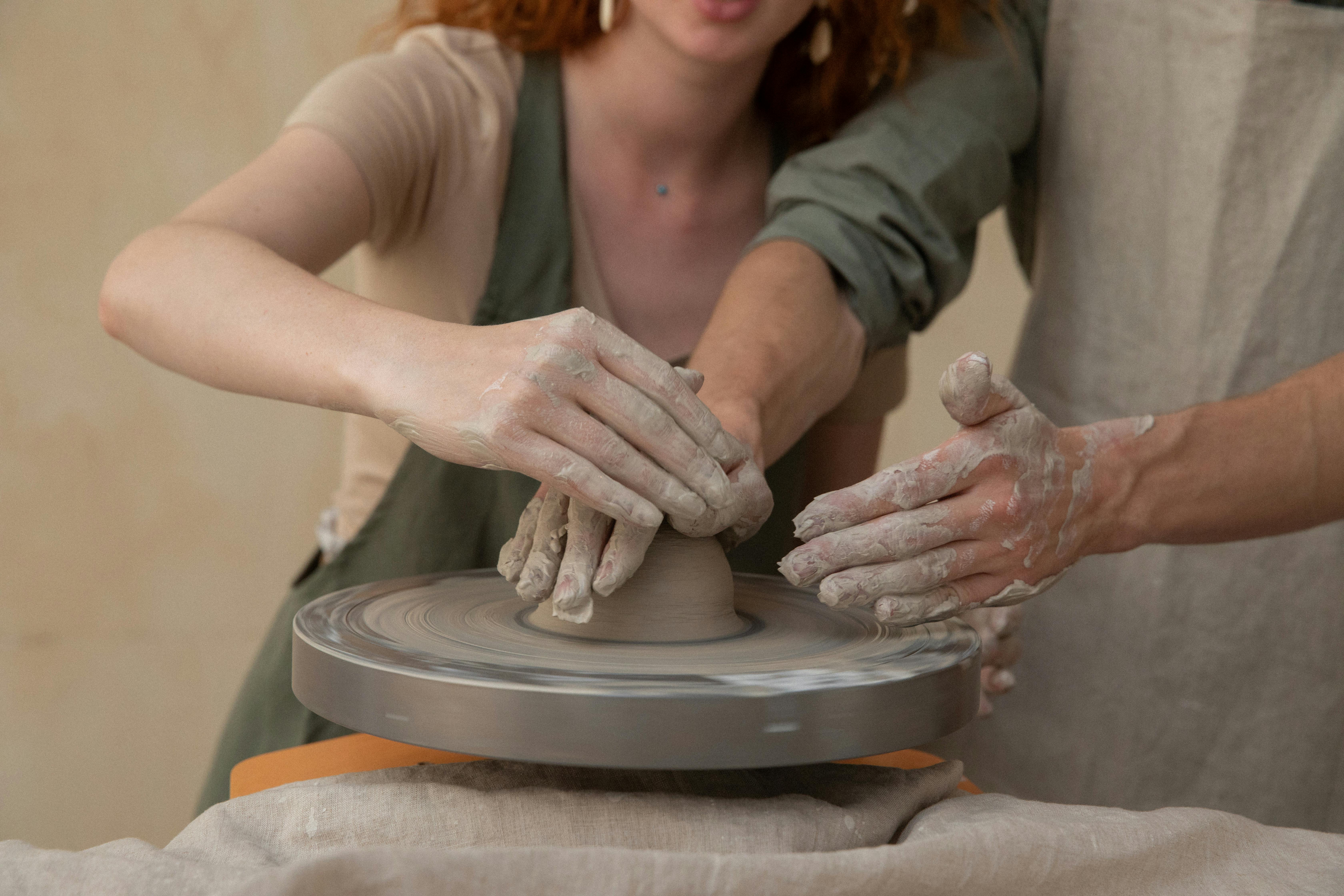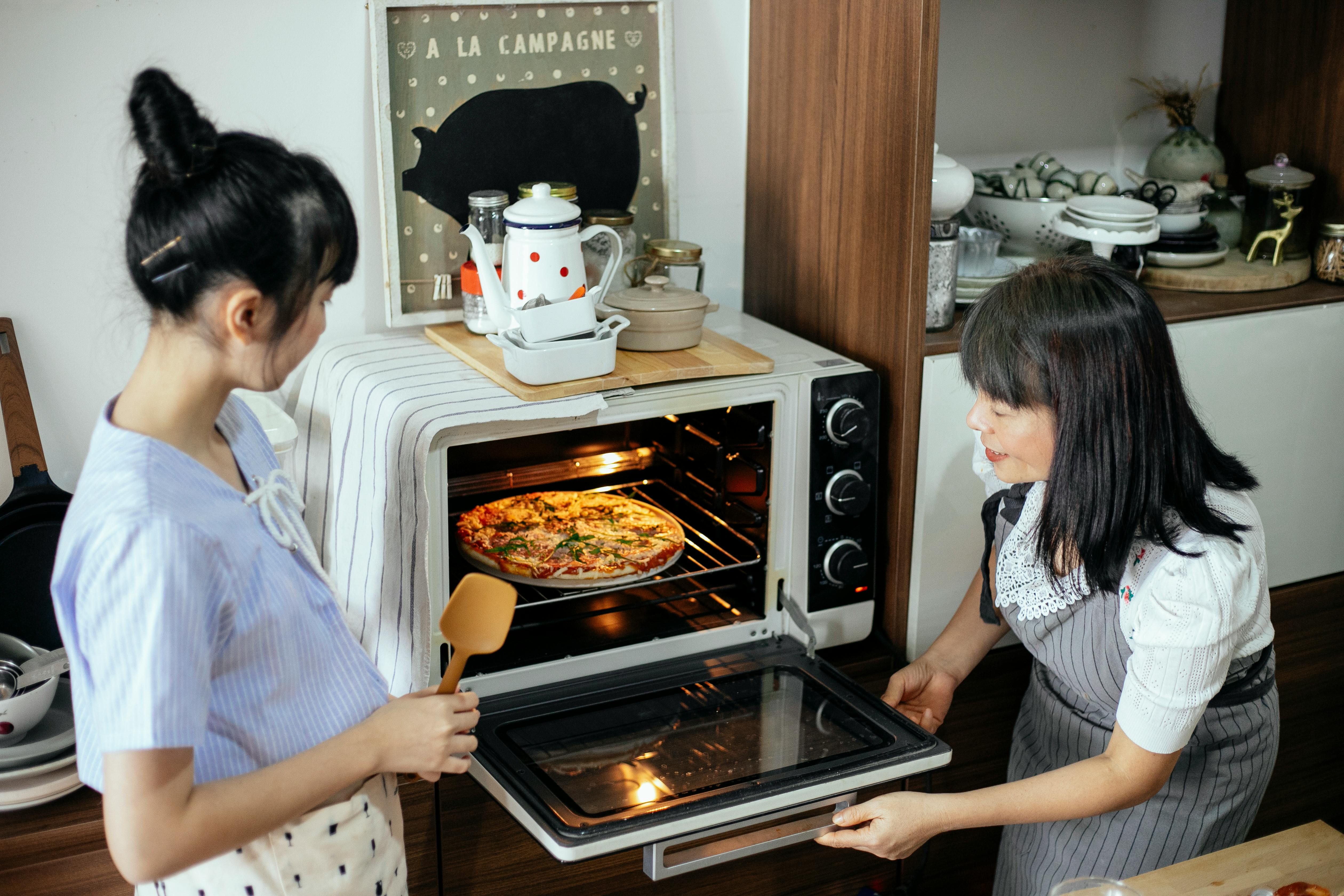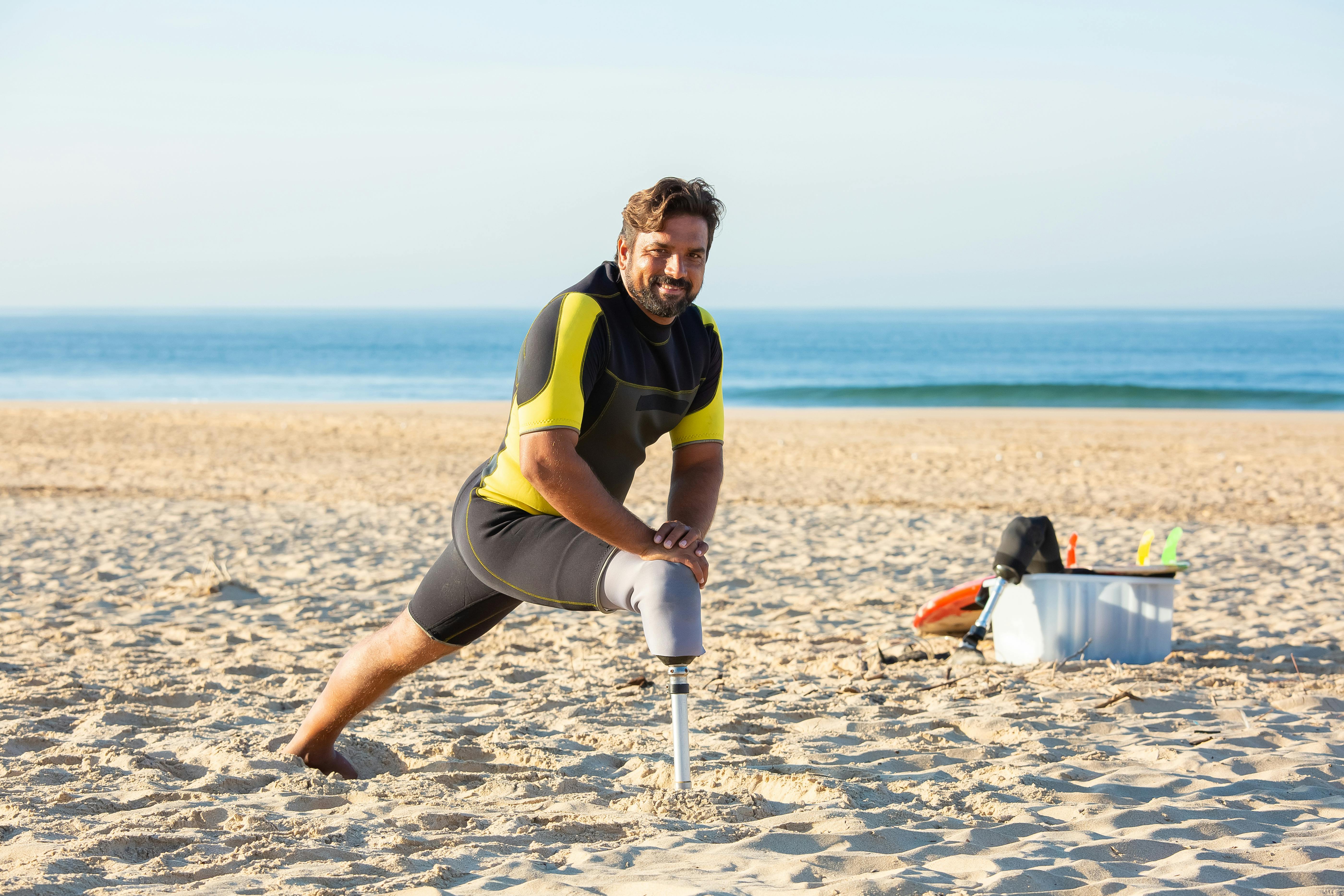
Boat Trailer Basics
admin
- 0
Before venturing out to the lake, river, or sound with your entire family, pack all of your boating accessories, coolers, toys, sunscreen, drinks, snacks, etc. It might be a good idea to make sure your boat trailer is ready for the trip! A little preparation can go a long way!
Boat trailers are fairly simple pieces of automotive equipment. There are only a few things to check, but any one of them, if in poor condition, can cause severe headaches and even injury or death. Be sure to check the following:
Tires Make sure trailer tires are in good condition, have plenty of tread, and are properly inflated. Often times, a trailer will sit for long periods of time while the tires are flat and they will appear to be out of round. Make sure the tires have at least 30 to 35 pounds of air pressure. If possible, have a spare tire and a jack capable of lifting the trailer and boat to change the tire.
wheel hubs Boat trailers have bearings in their hubs to help the trailer wheels roll easily. These bearings require grease as they will pit and lose their roundness if left ungreased and submerged under water (such as when launching or retrieving your boat). It’s a good idea to fit ‘Bearing Buddy’ grease caps over the hubs to make it really easy to make sure the bearings are properly lubricated. They come complete with a grease fitting so the boat owner can easily grease the top of the grease in the buckets with a simple grease gun. With such an inexpensive tool, you can apply the grease without making a mess.
trailer lights Connect the trailer lights to your tow vehicle and test all the lights to make sure none are burnt out. Some people do not unplug the light plug when submerging the trailer and any exposure of a hot light bulb to cold water can easily cause the bulb to burn out. Replace faulty bulbs, and when you buy a replacement bulb, be sure to buy two and keep a spare in the tow vehicle’s glove compartment. Be sure to test your brake lights and turn signals to see if they work properly. If you have a problem with your trailer lights, check with your local boat dealer or auto parts house. They can usually help diagnose and repair trailer lighting problems in a flash!
trailer brakes Trailers that haul boats that weigh more than 2,000 pounds are usually required to have some form of brakes to help those in the towing vehicle safely stop all equipment. The brakes can be electric or hydraulic and can be activated by an electrical signal from the tow vehicle or, more likely, by inertia. In other words, when the weight of the trailer shifts forward due to tow vehicle braking, a signal is sent to the brakes to energize and assist in gracefully stopping the rig. After connecting the trailer to the tow vehicle, be sure to test the brakes in a location where they will not present a hazard to other cars.
boat moorings Make sure your boat is properly secured to the trailer so the two units don’t get separated when you hit a bump in the road. At a minimum, there should be one mooring on each side of the boat’s transom, as well as a winch hook at the bow of the boat. Web type straps are available to make this process very clean and easy. Make sure that your straps are not frayed and that the fixing hardware is in good shape. If in doubt, tie an extra length of rope between the boat’s lifting hooks and the rear of the trailer.
External gear/motor positioning To tow, your outboard motor (or the output portion of an inboard/outboard I/O motor) must be in the up position. Most current models are hydraulically raised using a trim switch and motor. Older outboards may employ a forward lever mechanism or lower unit to hold them in place. You need to make sure the axle of your unit doesn’t drag the ground when going over a ‘bump’ in the road or entering a driveway. This can cause serious damage.
Equipment saved? Make sure all boat equipment and supplies are properly stowed on the boat and tied down if necessary to prevent them from being blown out of the boat. The convertible top must be lowered and strapped down so it does not explode. Do not tow a boat that is covered with a tie down cover that is not secured to the trailer. They will tend to fly very easily. Make sure the open portion of a split windshield is locked in the closed position.
tow vehicle Most importantly, your tow vehicle must be the right size and power to properly tow a boat the size and weight of yours. If the boat weighs more than 2,500 pounds, or if you’re towing long distances or at high altitudes, it’s a good idea to invest in an auxiliary transmission cooler in your car. Make sure the trailer hitch is also the proper size and rating to properly tow your boat. Your car must weigh more than the boat and trailer; If not, there is a good chance that the trailer will rock from side to side when you apply the brakes and there is even a chance that the bed jack will sink into the road. Pulling a boat too big for your tow vehicle just isn’t worth the risk. Make sure the trailer ball on your hitch is the proper diameter to match the trailer hitch. Personal watercraft typically have 1-78″ balls, small and small boats have standard 2″ balls and larger boats have 2-5/8″ balls. Do not tow a 2″ hitch with a ball 1-7/8″; Also, make sure your safety chains are in good condition and properly attached before moving.
Towing a boat does not have to be an unsafe or dangerous process. Taking care of these few things before you set off on your voyage will greatly enhance the fun you’ll have on your sailing weekend!

